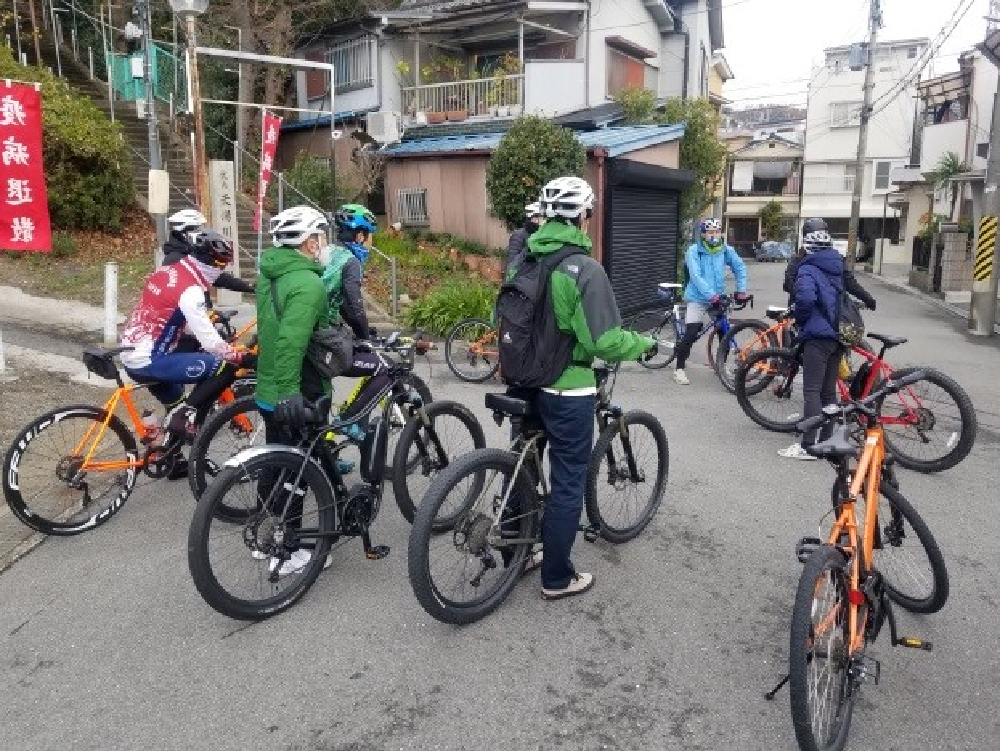A City Where You Can Enjoy the Scenery of Each Season Welcome to Kashiwara City
Access
Convenient Access to Kashiwara City by Train
There are 10 stations within the city: 3 on the JR Kansai Main Line (Yamatoji Line), 5 on the Kintetsu Osaka Line, and 2 on the Kintetsu Domyoji Line.
Access from Osaka City is excellent, taking about 20 minutes from Tennoji Station to Kashiwara Station.
If you plan to visit scattered historical sites and attractions, renting a bicycle at the station is also recommended.
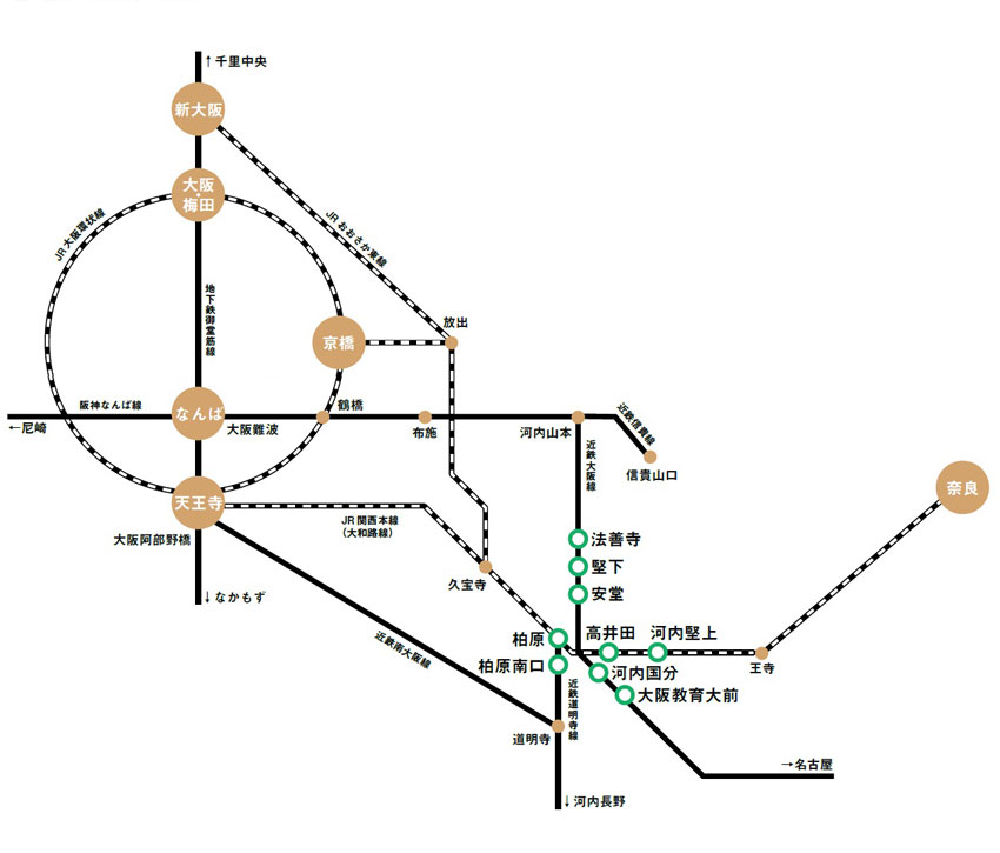

Kashiwara City's Bicycle Rentals
There are 7 municipal bicycle parking lots in the city, each offering bicycle rentals.
■ One-day rental: 200 yen, Overnight rental: 300 yen
Attractions of Kashiwara City
Takaida Burial Mounds

The Takaida Burial Mounds, built from around the mid-6th to the 7th century, consist of 162 confirmed burial caves (as of October 2019). Among them, 27 caves feature engraved wall paintings, with the "Person Riding a Gondola" mural being especially famous. Around ten representative burial caves, including this one, are open to the public twice a year, in spring and autumn.
Kamenose Tunnel
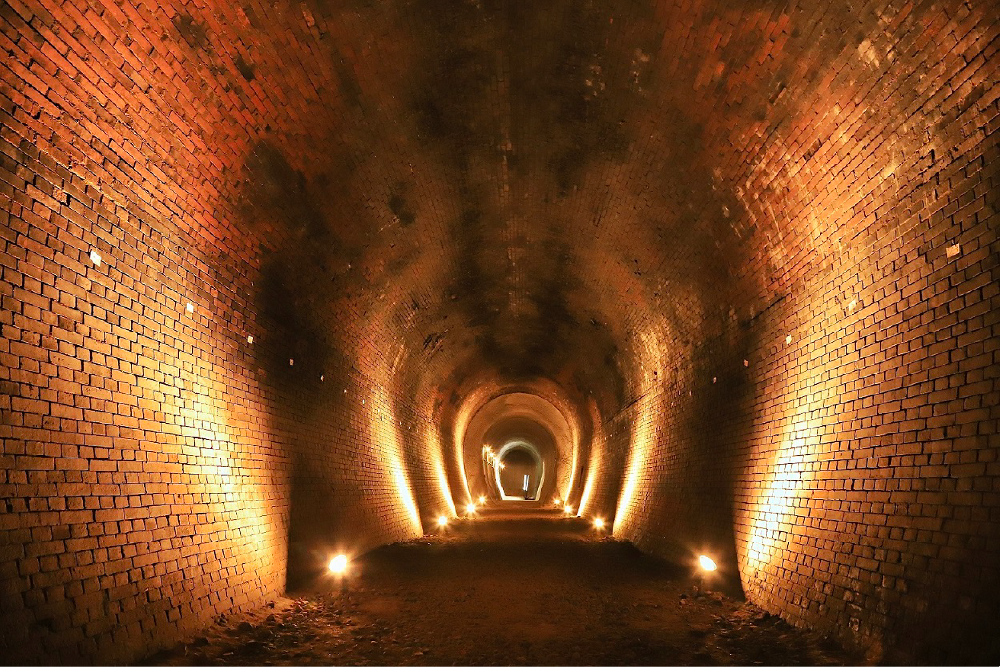
Kamenose is known as a landslide-prone area, and in 1931–32, the JR Kansai Main Line's "Kamenose Tunnel" suffered damage due to a landslide.
About 80 years later, in 2008, a portion of the tunnel was accidentally discovered during landslide countermeasure works and was later designated as a municipal cultural property. It is a valuable resource for understanding the railway tunnel construction methods of the era. Site tours are available with prior application.
Inquiry: Yamato River Office ☎ 072-971-1381
Ishigami Shrine

In front of the torii gate stands a giant camphor tree about 26 meters tall, estimated to be approximately 800 years old, and designated as a prefectural natural monument. Next to the shrine office, there is the foundation stone of the east pagoda of "Chishikiji Temple," one of the six temples of Kawachi built during the Asuka period, also designated as a prefectural cultural property.
Tatsuta Ancient Road
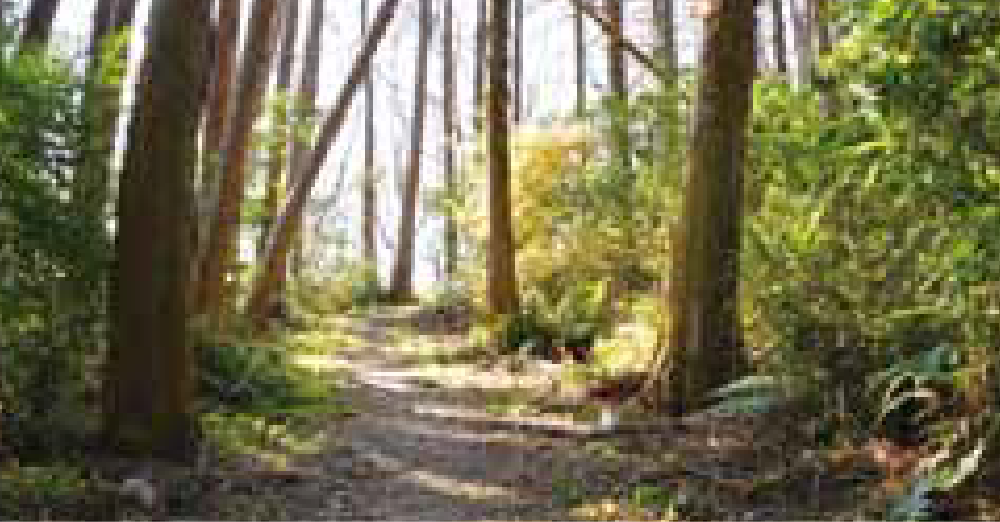
The area around Mt. Tatsuta served as a crucial highway connecting Yamato and Kawachi, facilitating the movement of people, goods, and culture. It is also featured in ancient texts such as the "Shoku Nihongi" and "Manyoshu," and has long been celebrated for its natural scenery, including cherry blossoms in spring and colorful foliage in autumn. Visitors can trace the paths of historical figures while enjoying the magnificent and expansive natural landscapes that have been preserved to this day.
Kashiwara Grapes
One of Japan's Leading Production Areas
From June to September, direct sales locations open throughout the city, allowing anyone to easily purchase fresh grapes. The peak season for Kashiwara-grown grapes starts with Delaware and continues with large varieties like Pione and Muscat Bailey A.
*Opening periods for each direct sales location may vary depending on the cultivated varieties. Please check the hours and locations on the Fruit Promotion Association's website before visiting.
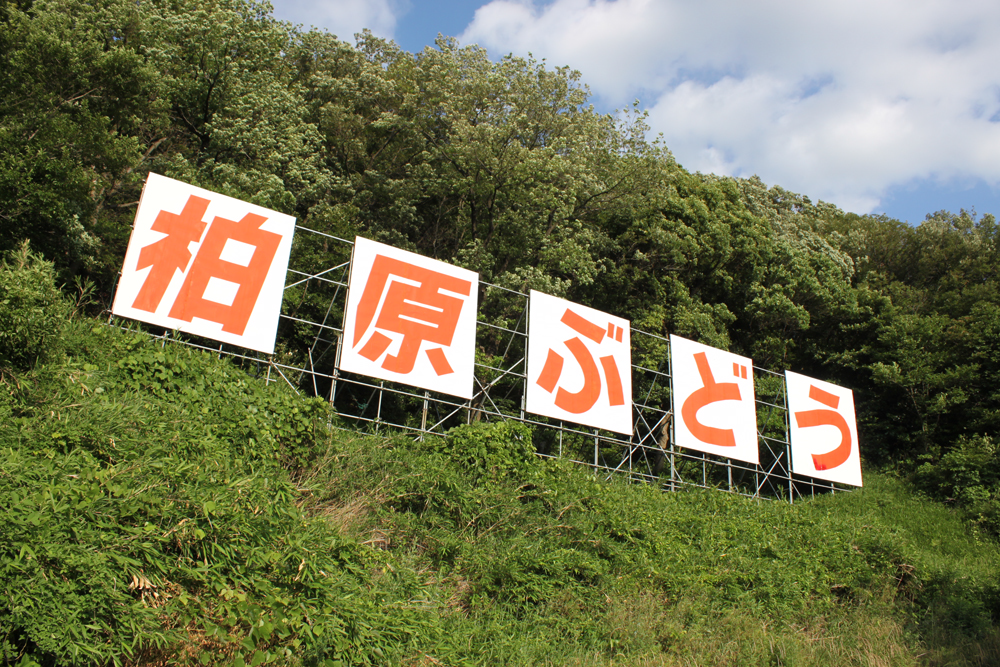
Grape Picking
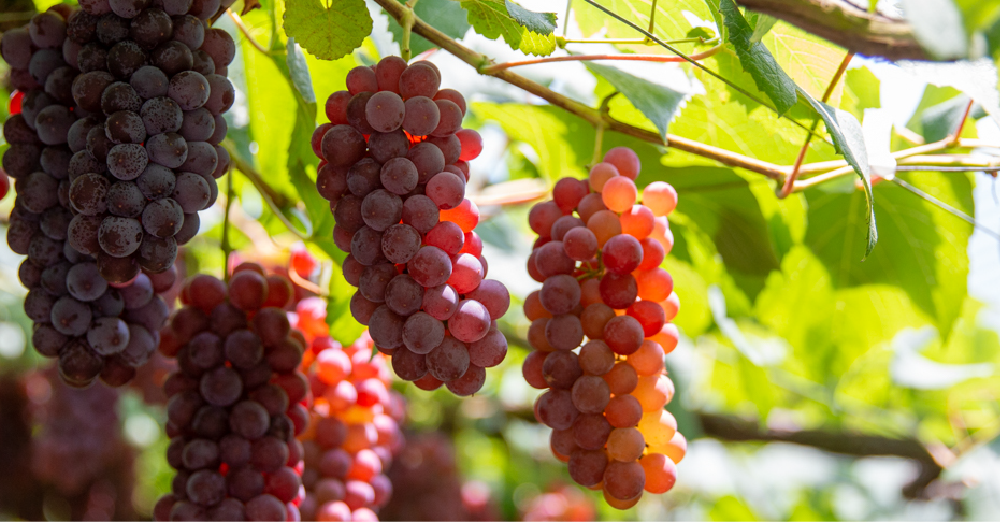
You can enjoy grape picking from August to early October every year. Free shuttle service is available from JR Kashiwara Station and Kintetsu Ando Station, both about 20 minutes from Osaka City.
Inquiry: Kashiwara City Tourism Grape Center
☎ 072-971-8308
[Varieties] Delaware, Muscat Bailey A, Pione, Koshu (all-you-can-eat; varies by season. Please inquire for details.)
Kashiwara Wine
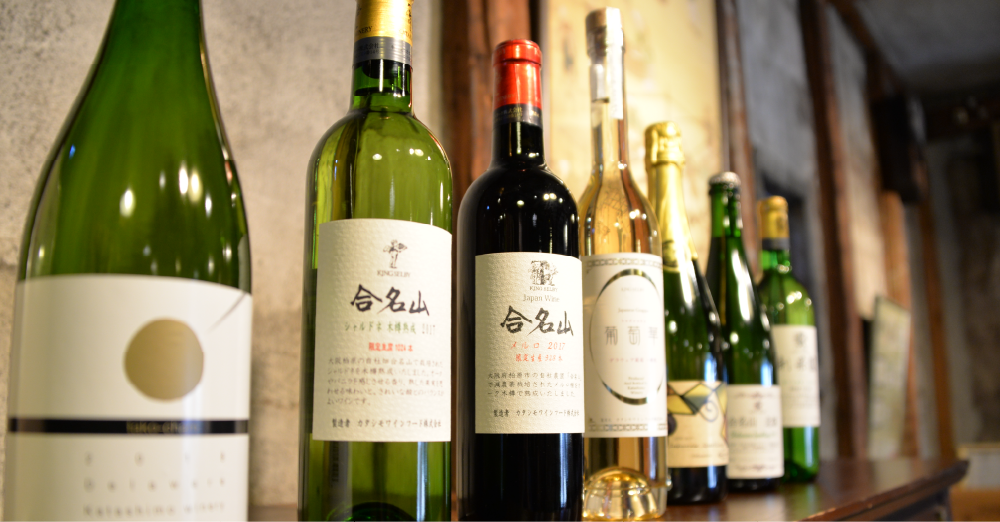
Winemaking in Kashiwara began around 1921 when grapes unsuitable for market shipment were processed and sold. It is said that at its peak, there were about 70 wineries within the city. Among them, the long-established "Katashimo Winery," founded in 1914 in the Taiheiji district, is the oldest winery in western Japan, consistently cultivating, fermenting, and bottling wine from their own vineyards to this day.
Naniwa Honzome
What is "Naniwa Honzome"?
Naniwa Honzome is a traditional Japanese dyeing method developed in Osaka during the Meiji era to mass-produce patterned tenugui (hand towels). Commonly referred to as "chusen," it is known for its delicate patterns and vivid colors. Yukata made using this dyeing technique gained popularity and spread nationwide. Utilizing techniques such as color separation and gradation, the fabric is dyed from both sides, resulting in a rich and textured finish. Today, the technique is used for hand towels, yukata, as well as umbrellas, aloha shirts, coasters, and various everyday goods.
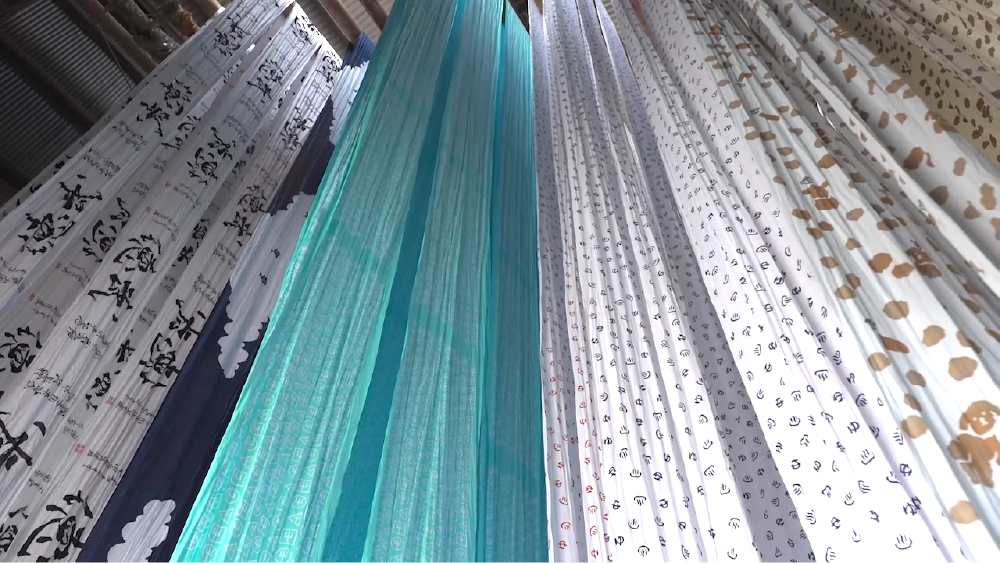
City of Bicycles
Cycle Events
Various cycling tours are held by the city, bicycle manufacturers, and cycle shops. Tours allow participants to either join with their own bicycles or rent popular E-BIKES. There are a variety of tours that explore different areas within and outside the city, offering plenty of sightseeing opportunities.
Inquiry: Industrial Promotion Division ☎ 072-972-1554
As more cyclists visit Kashiwara, a variety of cycling events, including cycle orienteering and full-scale competitions, are being organized. In addition to enjoying cycling, there are also fun events to watch.
